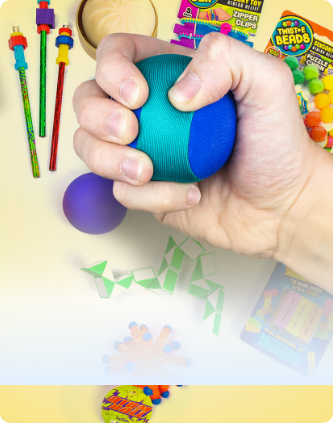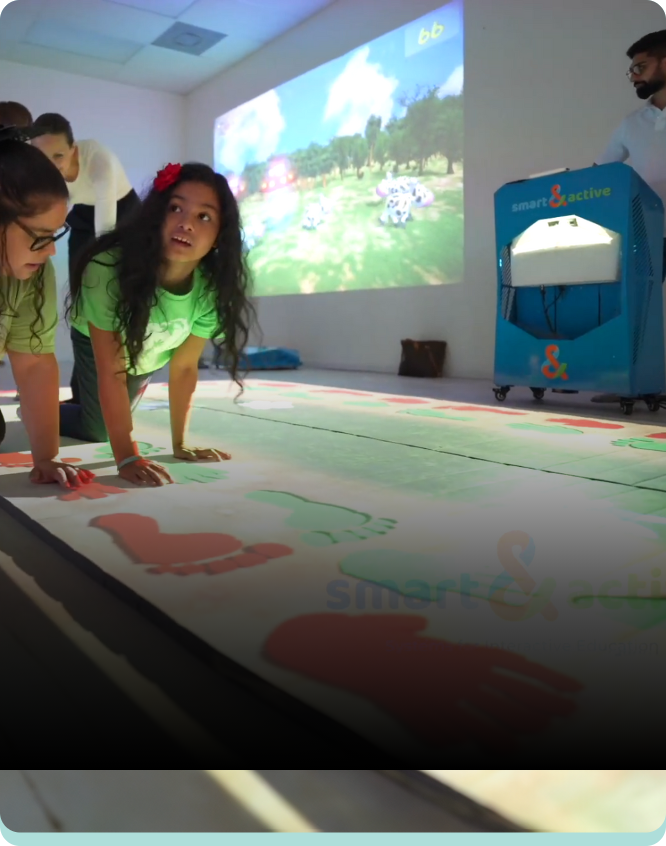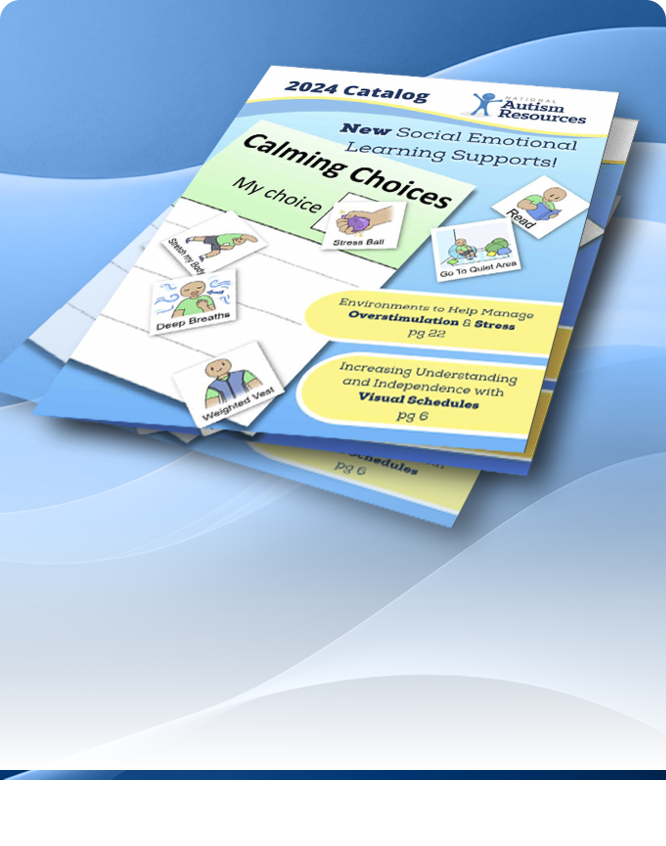Three Keys to Fine Motor Skills Development
Posted by Mary Ann Heinz, COTA/RET on Apr 11th 2017
by Mary Ann Heinz, COTA/RET
Stand in front of a mirror and brush your hair or your teeth, bend over and tie your shoes, read a line of print from left to right across a page, cut with a pair of scissors or write your name on a piece of paper, reach across to pick up an object on the opposite side of a table or desk. What exactly goes on in your brain that enables you have to automatically perform these everyday motor tasks?
Actually, the ground work for being able to perform these simple tasks was laid early in your childhood development. You first began in infancy by bringing your hands together to explore and interact with your environment. As you gained motor control of your extremities and your brain matured, the exploration of your environment became more sophisticated and you not only grasped objects but began to manipulate them.
So what’s going on? In looking at the maturation of the brain in childhood development there are 3 components that are very important in the acquisition of fine motor skills necessary for overall functioning:
- Hand preference (dominance) is the consistent use of one hand more than the other. This typically begins around the age of 2 and is generally established by 4-6 years of age. A dominant hand is a major step for either right or left hand skill development and is a foundation for higher level fine motor functions.
- Midline crossing is the ability to move the hand/arm across the imaginary line that separates the two sides of the body. You do this countless times during the day without even thinking about it. This ability to cross back and forth into the opposite body plane, with hands or eyes, builds pathways in the brain and allows you to perform activities such as reading and writing with greater ease and efficiency.
- Bilateral integration refers to the ability to use both arms and hands together in a coordinated way. It is important for skill development and proficiency and generally established by 3-4 years of age. When you tie your shoes, button your clothes, write a letter or cut paper with scissors , the two hemispheres of the brain are working in a coordinated manner. You have established a worker hand and a helper hand and this leads to skill development and proficiency.
You will notice that all three components are truly interrelated. As you watch a child work on a puzzle, color, cut, turn pages in a book, build with blocks, take time to look at what they actually have to do to achieve their goal, marvel at what the human brain is capable of and I guarantee you will never again say that something is a “No Brainer”.







